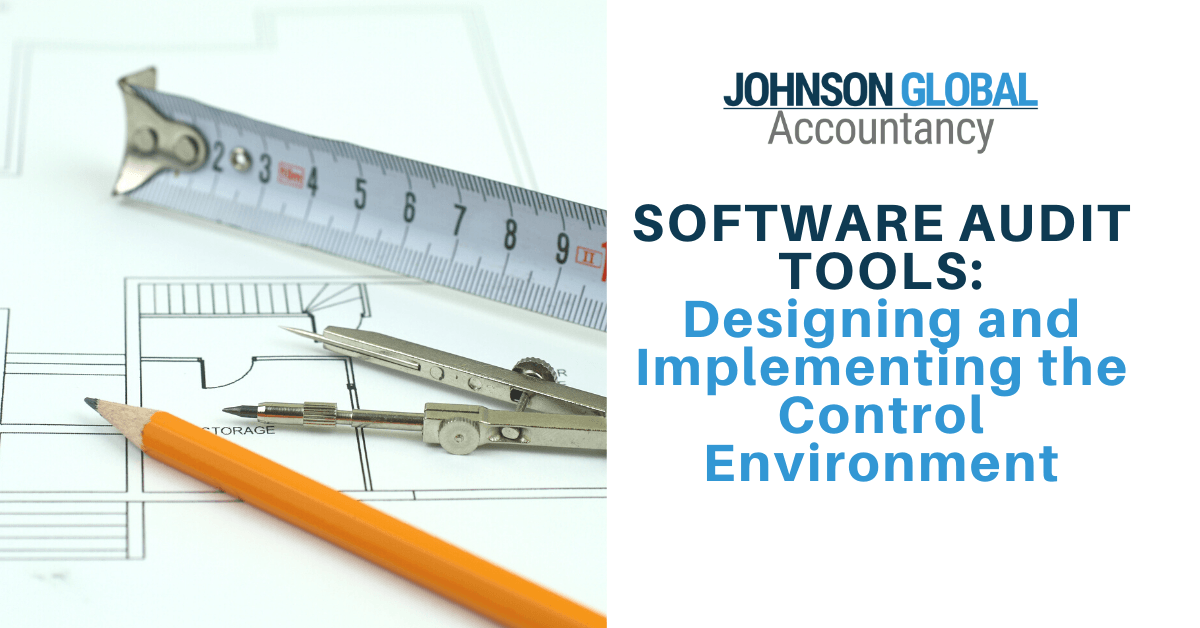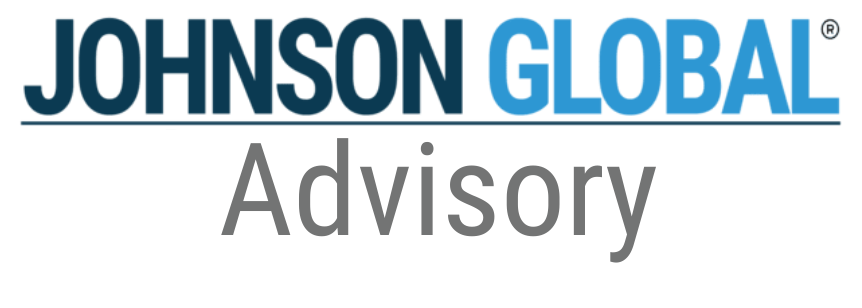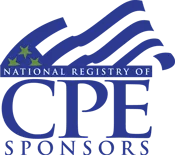Trainings and Seminars
Trainings and Seminars
Training and development is an important part of a firm’s system of quality control and often critical to successful remediation programs. At Johnson Global, we work with our clients to develop appropriate trainings based on the specific needs, clients, and dynamics of each firm. Experienced in presenting, our trainers are capable of educating and captivating your employees whether it be part of an overall remedial action related to the PCAOB inspection process, industry-specific training such as broker-dealer auditing, a specific skill such as a new accounting or auditing standard implementation, IT general controls, or an annual “refresh” as part of your recurring training curriculum.
We can develop and deliver interactive, comprehensive training programs that are responsive to your needs, that could include integration of firm tools and techniques. Alternatively, we can deliver previously-developed training programs on a wide-range of auditing, accounting, and regulatory topics. We currently offer CPE programs covering a variety of accounting and auditing topics, including:
General Auditing Standards
- Applying Due Professional Care under PCAOB Auditing Standards (AS 1015)
- Using the work of a Specialist (AS 1210)
- Engagement Quality Review (AS 1220)
- Audit Committee Communications (AS 1301)
Audit Procedures
- Identifying and Assessing Risks of Material Assessment (AS 2110)
- Internal Control over Financial Reporting (ICFR) (AS 2201)
- Auditor’s Response to the Risk of Material Misstatement (AS 2301)
- Substantive Analytical Procedures (AS 2305)
- Effective Audit Sampling and Avoiding Common Pitfalls (AS 2315)
- Auditing Accounting Estimates (AS 2501)
- Auditing Inventory, including testing of controls over inventory in an integrated audit (AS 2510)
- Auditors Consideration, Evaluation and Testing when Companies Use a Service Organizations (AS 2601)
- Evaluating Audit Results (AS 2810)
- Evaluating Impairment – Intangibles / Goodwill (ASC 350)
- Allowance for Loan Losses and other audit risks facing financial services (AS 2501)
Broker-Dealers and Broker-Dealer Audit Procedures
- Broker-Dealers’ design of Important Controls over Compliance (ICOC)
- Auditor’s Identification and Assessment of Risks Over the Design and Operating Effectiveness Over ICOC (AT 1)
- Auditor’s Testing of ICOC (AT 1)
- Auditor’s Review of a Broker-Dealer’s Exemption Report (AT 2)
Reporting
- Auditor’s Reporting Model (AS 3101)
- Critical Audit Matters – Understanding, Applying, and Implementing the new
Specialist and Technology
- Auditing Information Produced by Entity, including Testing Completeness and Accuracy
- Technology Risk, Understanding, and Testing of General Controls and Related Application Controls in an Integrated Audit
Firm Operations
- Effective Preparation for a PCAOB inspection
- PCAOB and Regulatory Updates
Johnson Global is registered with NASBA’s Registry of CPE Sponsors.





